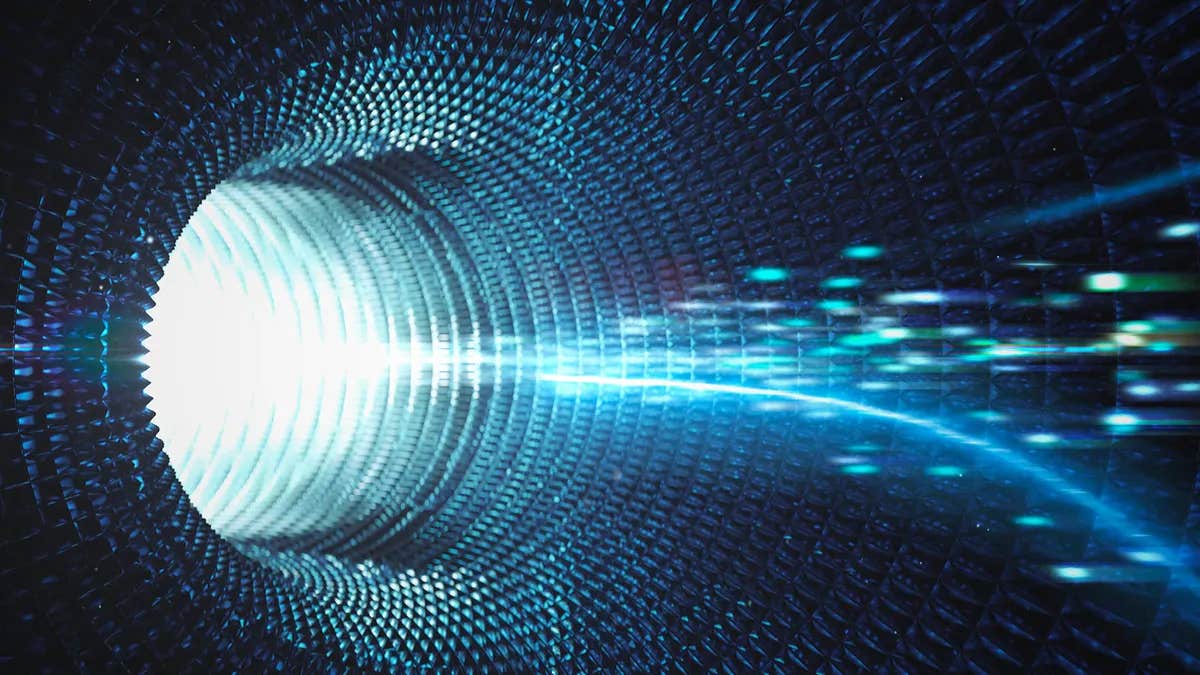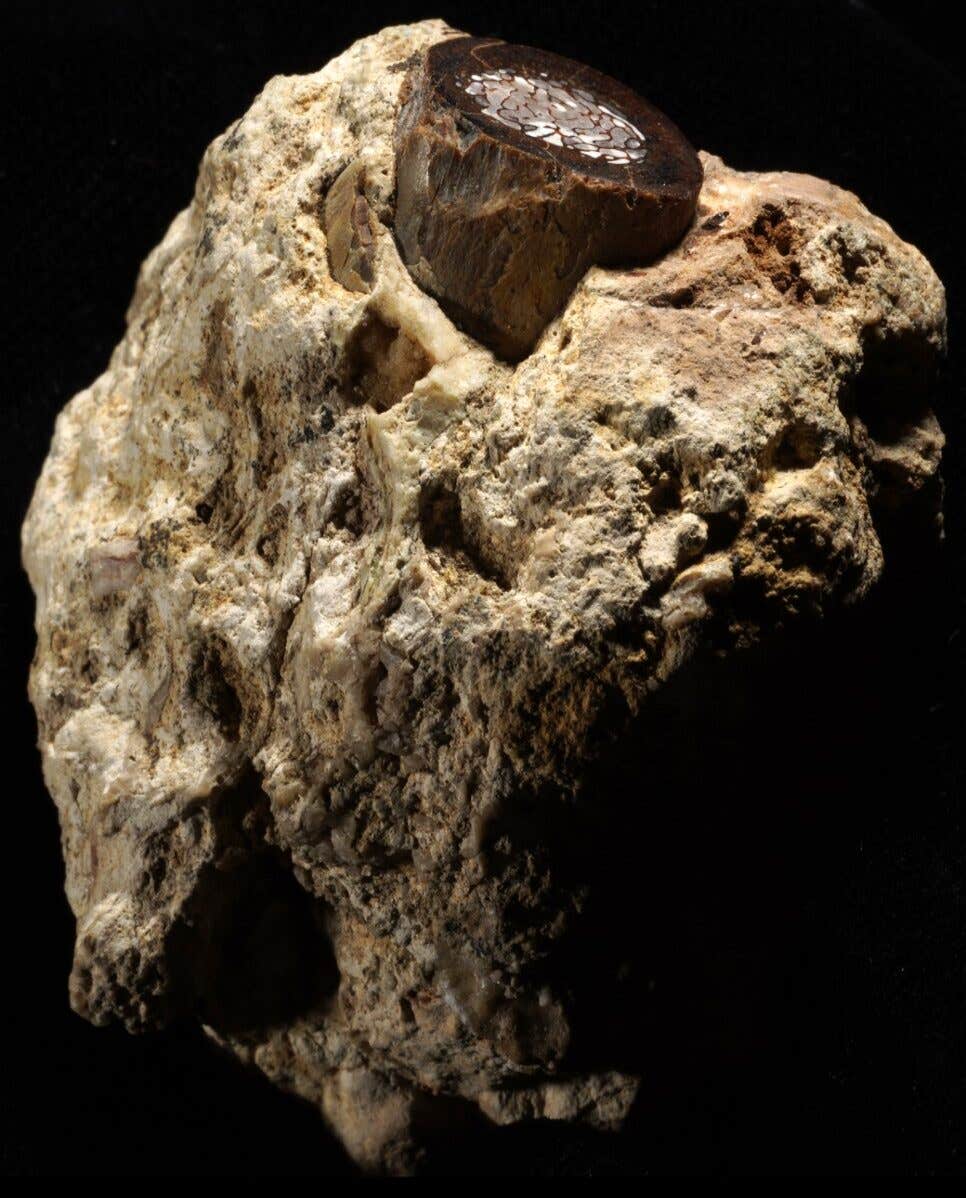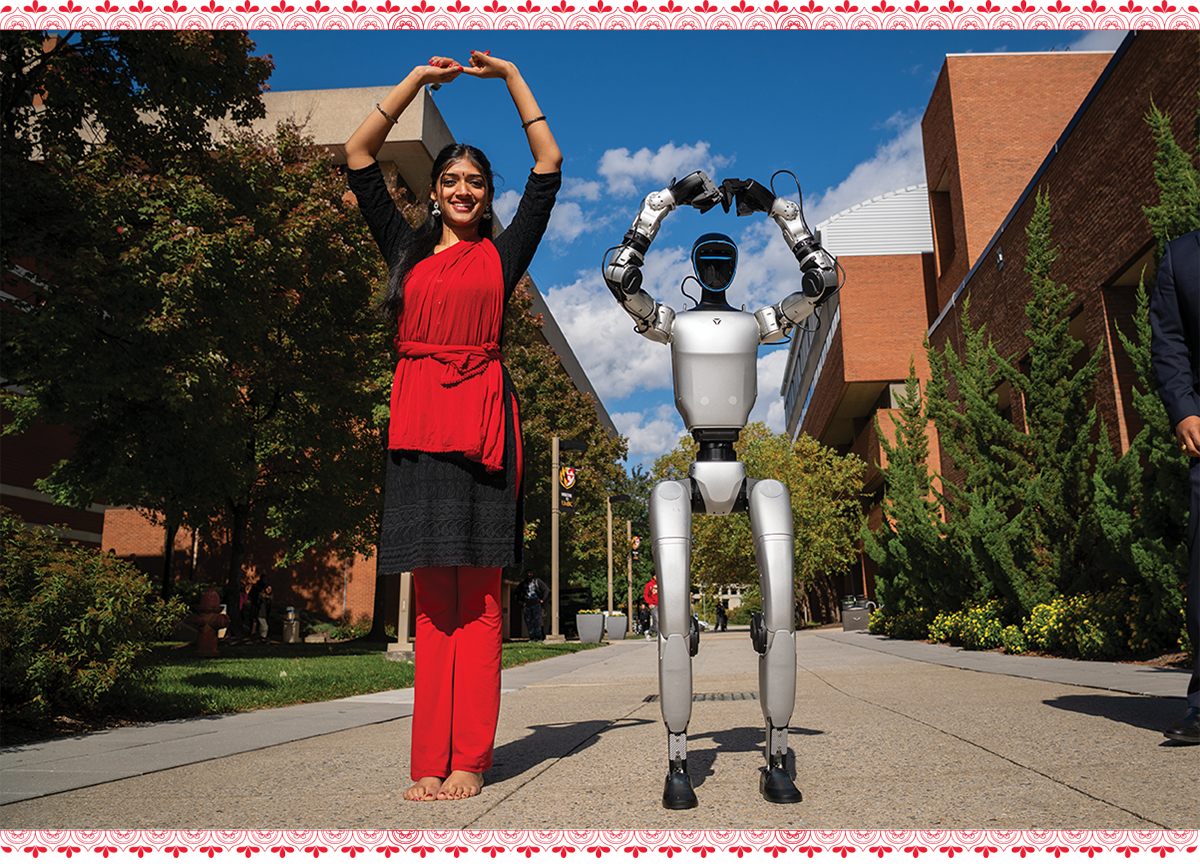Quantum networks could unlock the secrets of time and gravity
Quantum networks are now advanced enough to test how gravity changes the flow of time in quantum systems.

Quantum networks may finally let scientists test how gravity affects time in the quantum world. (CREDIT: Getty Images)
For decades, quantum physics and general relativity have stood as two powerful but separate theories. Quantum physics explains the behavior of tiny particles like atoms and photons. General relativity, on the other hand, describes how gravity shapes the universe through the bending of space and time.
Both have been confirmed through countless experiments, yet how they work together still remains a mystery. Now, thanks to advances in quantum networking, researchers are finally able to test how these two giants of science interact.
Quantum networking is a fast-growing technology that could lead to a global quantum internet. This would allow ultra-secure communication and link quantum computers across the planet. But beyond its practical uses, scientists are now realizing that quantum networks can do much more. They may help answer deep questions about how the universe works at its most basic level.
A team of physicists — Igor Pikovski from Stevens Institute of Technology, Jacob Covey from the University of Illinois at Urbana-Champaign, and Johannes Borregaard at Harvard University — have taken a major step in that direction. In their new study, published in PRX Quantum, they describe how quantum networks can be used to probe curved spacetime, the very fabric of the universe according to Einstein.
Superpositions Meet Spacetime
At the heart of this idea is the quantum principle of superposition. In the quantum world, particles don’t just exist in one state or another — they can exist in many states at once. A particle can spin in two directions at the same time, or a bit of quantum information — a qubit — can be both a 0 and a 1.
Quantum computers use this principle to perform powerful calculations, and quantum networks can spread these qubits across distances. But when those distances cross areas of curved space-time, strange things happen.
According to general relativity, gravity is not a force that pulls objects, but a bending of space and time caused by massive objects like planets. This bending changes how time flows. Near a massive object like Earth, time slows down — a phenomenon that’s been measured with extreme accuracy. It was even featured in the film Interstellar, where a planet’s strong gravity made minutes stretch into hours. What happens when a quantum system in superposition experiences this change in time? That’s the question Pikovski and his colleagues set out to explore.
Related Stories
- Scientists use sound waves to unlock the secrets of quantum physics
- New unified gravity theory could finally bridge Einstein and quantum physics
- Time Crystals: A New Frontier in Quantum Physics
In a prior paper, Pikovski and Borregaard proposed that superpositions of atomic clocks in a quantum network would experience multiple time flows at once. Because of gravity, the flow of time isn’t the same everywhere.
If you place two entangled clocks at different heights above Earth’s surface, one will tick slightly faster than the other. When these clocks are in a quantum superposition, they effectively "tick" at multiple rates at once. This is something that could never be tested before. But now, with the power of quantum networking, such a test has become possible.
Building the Experiment
To take their theory from paper to practice, the team joined forces with Covey’s lab. Together, they developed a protocol that allows these quantum clocks to be connected through a network and share quantum information. The method uses entangled W-states, which are special states where multiple qubits are all linked together. When one qubit is changed, the others respond instantly, no matter the distance between them.
The researchers also used a technique called quantum teleportation, where the quantum state of a particle can be transferred to another without moving the particle itself. This, combined with Bell pairs — pairs of qubits that are as entangled as physically possible — creates a powerful platform for testing fundamental physics.
By setting up this type of network with atomic clocks located at different gravitational heights, the team showed that they could detect subtle changes in time caused by Earth’s gravity — while the clocks remained entangled in a quantum state. The interference patterns that form when these clocks interact show the effects of curved spacetime on quantum information.
“We assume that quantum theory holds everywhere — but we really don’t know if this is true,” Pikovski says. “It might be that gravity changes how quantum mechanics works. In fact, some theories suggest such modifications, and quantum technology will be able to test that.”
What’s important here is that the experiment doesn’t just test the known laws of physics. It tests the unknown. It pushes the edge of what’s possible, bringing science closer to uniting the quantum world with the cosmic one.
A New Frontier in Physics
This work suggests that quantum networks aren’t just useful for communication or building quantum computers. They can also act as sensitive tools for exploring deep questions in physics — the kinds of questions that can't be answered with classical tools. Traditional sensors or clocks would never be able to probe time differences at the quantum level. But when quantum superpositions and entanglement are used, entirely new effects can be measured.
“The interplay between quantum theory and gravity is one of the most challenging problems in physics today, but also fascinating,” says Pikovski. “Quantum networks will help us test this interplay for the first time in actual experiments.” By combining modern quantum capabilities with Einstein’s view of the universe, researchers have opened the door to a whole new class of experiments. And these aren’t just thought experiments — they’re doable now, with today’s technology.
Looking Ahead
This discovery marks a turning point. Quantum networking, once seen mainly as a way to send secret messages or link distant computers, now promises something much bigger. It may help solve one of the oldest puzzles in science: how gravity and quantum mechanics fit together.
While a full theory of quantum gravity — one that fully unites quantum physics with general relativity — still doesn’t exist, results like these move the needle forward. They show that it’s no longer just theory. With the right tools, scientists can begin to test and measure the strange ways that space, time, and quantum states affect one another.
The journey to a global quantum internet continues, and with it comes the chance to uncover new truths about the universe. The work by Pikovski, Covey, and Borregaard doesn’t just offer a glimpse into the future of technology. It offers a new lens through which to view the very nature of time, space, and reality itself.
Note: The article above provided above by The Brighter Side of News.
Like these kind of feel good stories? Get The Brighter Side of News' newsletter.



